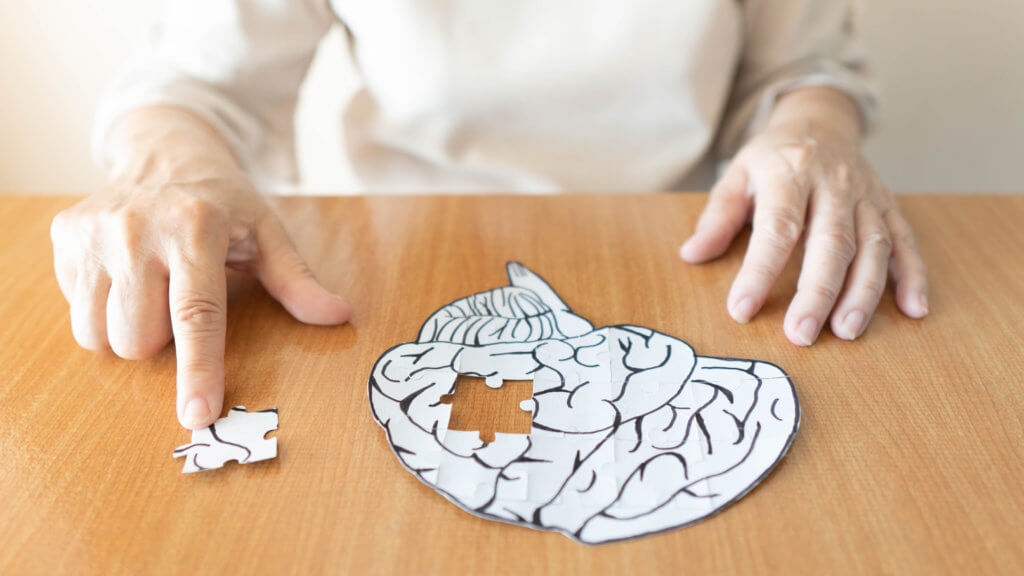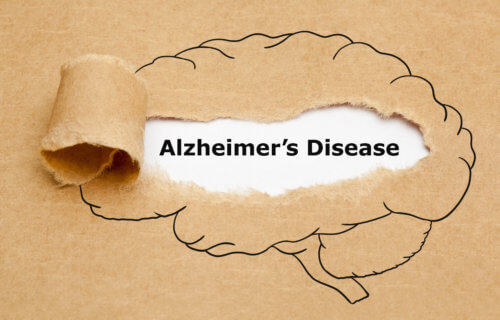BOSTON — A new vaccine, targeting a protein involved in the most common cause of dementia, may help reduce or even prevent the devastating impact of Alzheimer’s disease, according to recent research. In experiments, the vaccine appeared to eliminate toxic cells in mice suffering from the disease.
Following the administration of the SAGP vaccination, the mice exhibited fewer amyloid plaques, reduced inflammation in their brain tissue, and improved behavior and awareness, the new study reports. They are hopeful that this vaccine, which targets inflamed brain cells associated with Alzheimer’s, might offer a fresh approach to tackling the growing incidence of dementia.
It’s estimated that around 3.7 million Americans were diagnosed with Alzheimer’s disease in 2017, according to the American Heart Association. These figures are expected to increase, with a projected 9.3 million Alzheimer’s patients by 2060.
Researchers at Juntendo University Graduate School of Medicine in Japan developed this novel vaccine. However, it has yet to undergo testing in humans.
“Alzheimer’s disease now accounts for 50% to 70% of dementia patients worldwide. Our study’s novel vaccine test in mice points to a potential way to prevent or modify the disease. The future challenge will be to achieve similar results in humans,” says lead study author Chieh-Lun Hsiao, Ph.D., a post-doctoral fellow in the department of cardiovascular biology and medicine at Juntendo University Graduate School of Medicine in Tokyo.
“If the vaccine could prove to be successful in humans, it would be a big step forward towards delaying disease progression or even prevention of this disease.”

(© Orawan
– stock.adobe.com)
The research team developed an Alzheimer’s disease mouse model that closely simulates a human brain and replicates amyloid-beta-induced Alzheimer’s disease pathology. Typically, individuals in the late stage of Alzheimer’s disease exhibit decreased anxiety, indicating a lack of awareness of their surroundings.
Dr. Hsiao observed that the vaccinated mice displayed signs of anxiety, suggesting increased caution and heightened awareness of their environment — a potential indicator of disease reduction. Several inflammatory biomarkers associated with Alzheimer’s disease were also diminished.
A behavioral test conducted on the six-month-old mice revealed that those who received the SAGP vaccine responded “significantly better” to their environment than those who were given a placebo. The SAGP-vaccinated mice tended to behave more like healthy mice, exhibiting greater awareness of their surroundings.
The SAGP protein was located very near specialized brain cells, known as microglia, that play a role in the immune defense of the central nervous system. According to Dr. Hsiao, microglia help clear damaging plaque formed by proteins. However, they also trigger brain inflammation that can damage neurons, exacerbate cognitive decline, and possibly contribute to the development of Alzheimer’s disease.
In Alzheimer’s disease, there’s an accumulation of brain proteins called amyloid beta peptides that form plaques, collecting between neurons and disrupting cell function.
“Earlier studies using different vaccines to treat Alzheimer’s disease in mouse models have been successful in reducing amyloid plaque deposits and inflammatory factors, however, what makes our study different is that our SAGP vaccine also altered the behavior of these mice for the better,” Hsiao says in a media release.
The research team says that previous studies suggest that the SAGP protein is “highly elevated” in microglia, which means that microglia are very important cells to target in Alzheimer’s disease.
“By removing microglia that are in the activation state, the inflammation in the brain may also be controlled. A vaccine could target activated microglia and remove these toxic cells, ultimately repairing the deficits in behavior suffered in Alzheimer’s disease,” Hsiao concludes.
The findings of the preliminary research were presented at the American Heart Association’s Basic Cardiovascular Sciences Scientific Sessions in Boston, Massachusetts.
You might also be interested in:
- Alzheimer’s vaccine made from corn could immunize seniors against dementia
- A spoonful of olive oil daily could save your brain from dementia
- Fact or Fiction: 10 Common Beliefs About Vaccines Explained
South West News Service writer Stephen Beech contributed to this report.


It might be nice if they sorted out the cause first. There are more promising theories than amyloid plaque.